Sprinter, Denman, Edwulf: how expert care helped three kings rule once more
Mark Storey with heartwarming tales of triumph over adversity
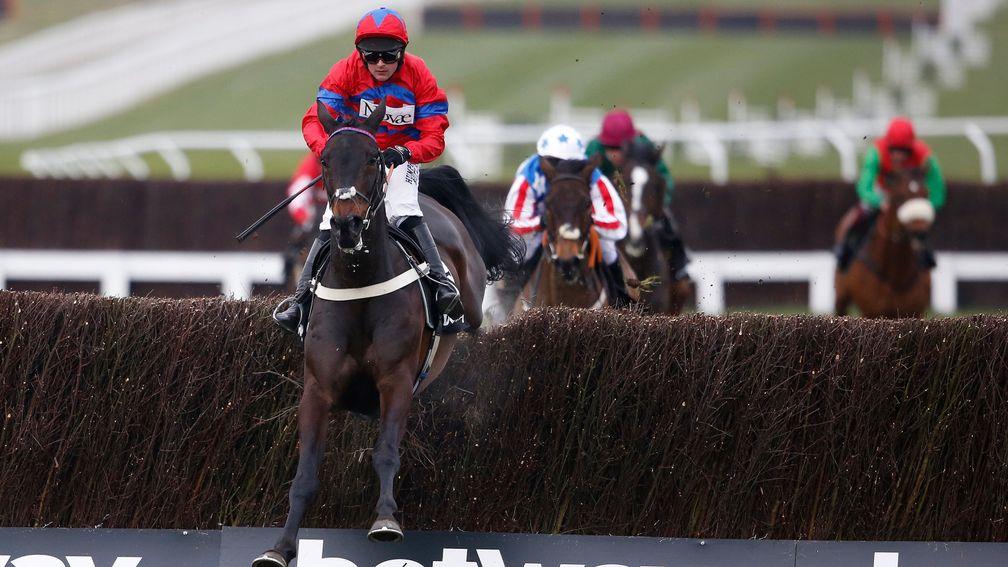
Imagine piecing a horse back together again for the racecourse when some doubt you should even be trying.
It takes concrete faith in your own judgement as a trainer and in the experts who told you this was a road that might once again be worth travelling.
With a popular horse the scrutiny is intense, magnified when the issues are emotive and complex and the public's view of them is imperfect.
Sprinter Sacre, Denman and Edwulf were all sidelined in such circumstances and in each case it was the confidence in the positive clinical diagnoses and the quality of veterinary care that provided the bedrock for all three to return to the racecourse, not just as competitors but as champions.
Sprinter Sacre
For one of the finest winners of the Champion Chase in years, unbeaten in ten starts over fences, the last seven of them in Grade 1s, Kempton’s Desert Orchid Chase had appeared a routine return to action for Sprinter Sacre. It proved anything but.
A giant leap at the fifth fence was in keeping with his status as the 2-9 favourite. But over the seventh he was laboured and moments later Barry Geraghty was pulling him up, signalling a near two-year search for the horse Sprinter Sacre once was.
Few horses can have had as much written about them as Sprinter Sacre between Kempton on December 27, 2013 and his triumphant return to form one Sunday at Cheltenham 23 months later. But few can have had as much care too.
Sprinter Sacre was found to have atrial fibrillation, or an irregular heartbeat, by Kempton’s veterinary team, a condition still present when he arrived at Rossdales Equine Hospital in Newmarket the following day.
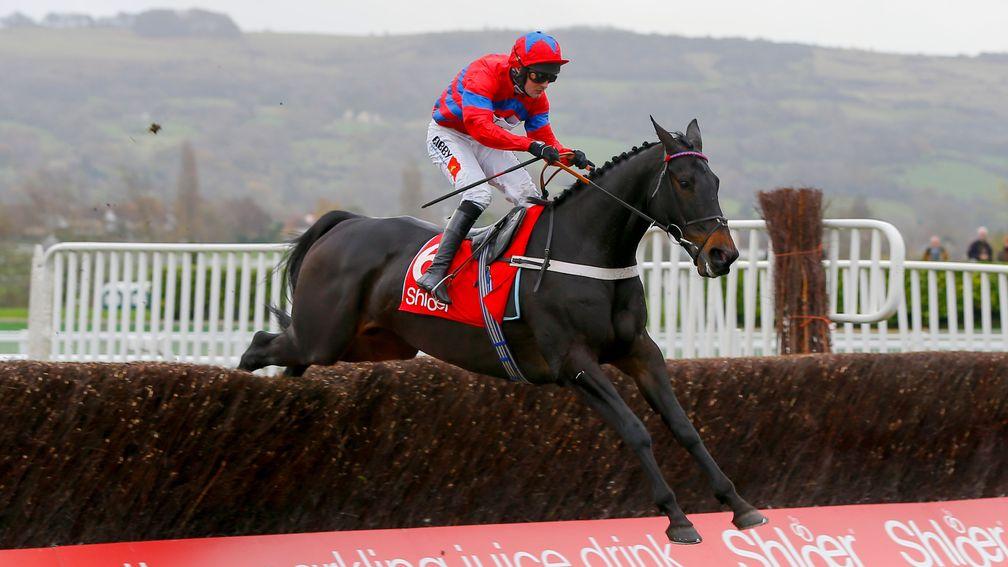
“It almost certainly occurred in the race,” said Celia Marr, a specialist in equine internal medicine based at Rossdales. “He had paraxysmol atrial fibrillation, where it suddenly occurs during exercise. I’ve watched the race a number of times but can’t quite see what prompted Barry Geraghty to pull him up.
“But that’s testament to the jockey, who picked up the problem very quickly, which was really important, because if he hadn’t pulled him up he would have become more distressed.
“At Newmarket the next day we put an ECG monitor on him and after about 45 minutes the atrial fibrillation self-corrected. So Sprinter was never given any drugs. The horse’s own body corrected it, and that is the most common outcome.
“In upwards of 90 per cent of cases, within 24 to 48 hours the heart itself will correct its rhythm. If it doesn’t correct itself the problem will become sustained and drugs will be needed.”
A heart scan revealed no underlying problems and for the rest of the winter and spring the Nicky Henderson-trained chaser wore a heart monitor when he exercised, with the ECG trace downloaded and sent to Marr, a process that continued periodically until the end of his career.
Marr said: “Although his heart had self-corrected after the first episode, the next question was whether he was flipping in and out of it, which can happen with some horses, or whether the problem had gone for good.”
The heart stayed sound but three defeats on his return to the track following a 13-month absence suggested something was missing. The calls for his retirement grew louder. But in Henderson’s mind, some words from Marr sounded.
“Celia always said we wouldn’t know how long it would take for him to get his belief back.” he said. “Physically he was perfect. The problem was the mental scar it had left. I think that’s why in that first year back things weren’t working as well as they should have done.
“We had to get his confidence back and so were playing a mental game with him rather than a physical one with his heart. And that took time.”
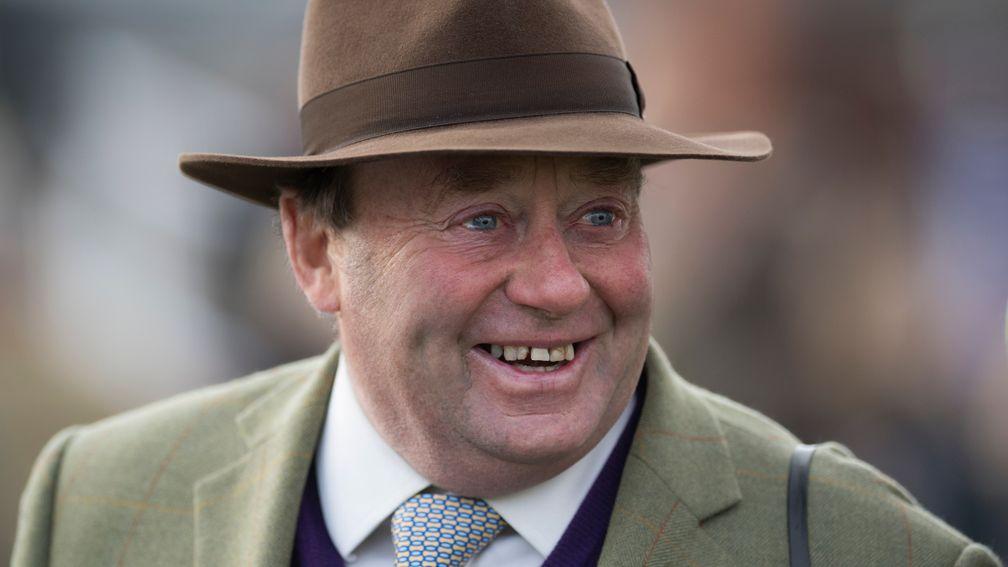
Marr said: “A huge amount of patience is required and some of the comments you saw on social media made you think: ‘Oh, come on’. The condition is a bit more complex than that.”
Having always worked with the equally brilliant Simonsig before his setback, Sprinter Sacre was put to task with lesser horses.
Henderson said: “What we did was make sure everything he worked with he was superior to. I never worked him with the good horses in his second year after the episode. Everything he did was a piece of cake.
“The next summer he came in looking completely different, bigger and better, like his old flashy self. We lowered the work even further but it had to happen for him in the Shloer Chase. We were pretty confident it would.
“There were plenty of people saying we shouldn’t be still trying with him. But his owners, the Moulds, were great and when he won the Shloer you could see why we had done it. It was an emotionally charged day that you never forget. He brought the house down and the two years of hell had suddenly become worth it.”
Henderson’s utter faith in the clinical diagnosis and care had helped give him the necessary strength and patience that was rewarded further by a second Champion Chase victory for his star in March 2016. Sprinter had found his wings.
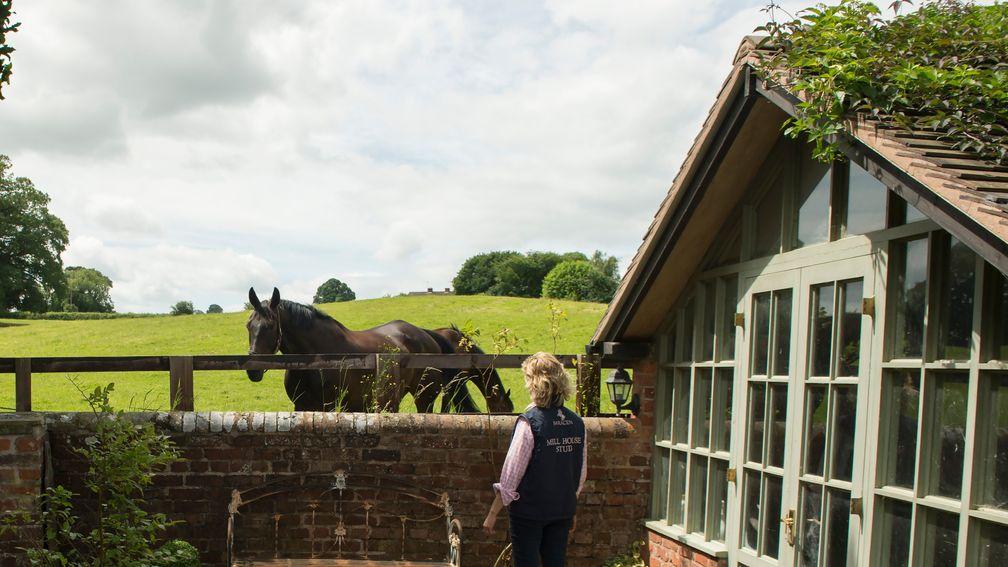
Denman
Denman’s victory on his first try at the Cheltenham Gold Cup was marked by raw power as his rivals wilted behind him. But in the aftermath came signs that it might have come at a price.
“I remember when he won that Gold Cup one of the vets said they had never known a horse be so hot for so long afterwards,” said his trainer Paul Nicholls. “He almost overheated.
“He put everything and more into it that day and it didn’t surprise me he ended up having a little problem. And it took a while for him to get over it.”
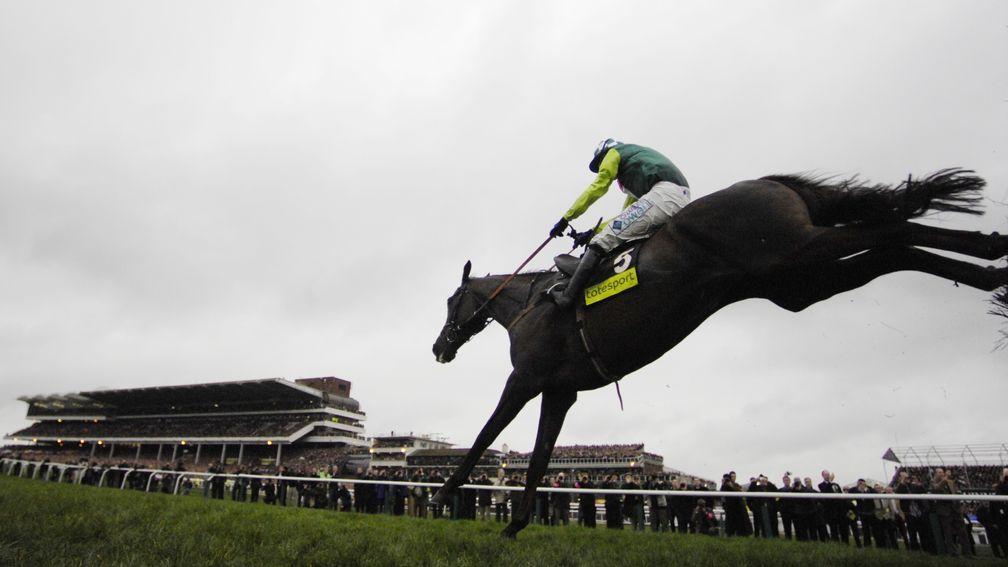
The first signs of an issue with the then eight-year-old came several months later, in September 2008.
“He had a bit of a summer holiday and when he came back he didn’t seem to be training particularly well,” said Celia Marr. No underlying structural issues with Denman’s heart were found but a detailed cardiology assessment at Rossdales diagnosed a sustained atrial fibrillation.
Marr said: “It was likely it had been there a couple of weeks. It was a case where unless it was treated with drugs it would go on. And the longer it goes on, the more the heart muscle cells get used to it and it becomes embedded.
“On Denman we used a well-established treatment of giving him the drug Quinidine, which dampens down that extra electrical activity and allows the heart to go back to a normal rhythm.
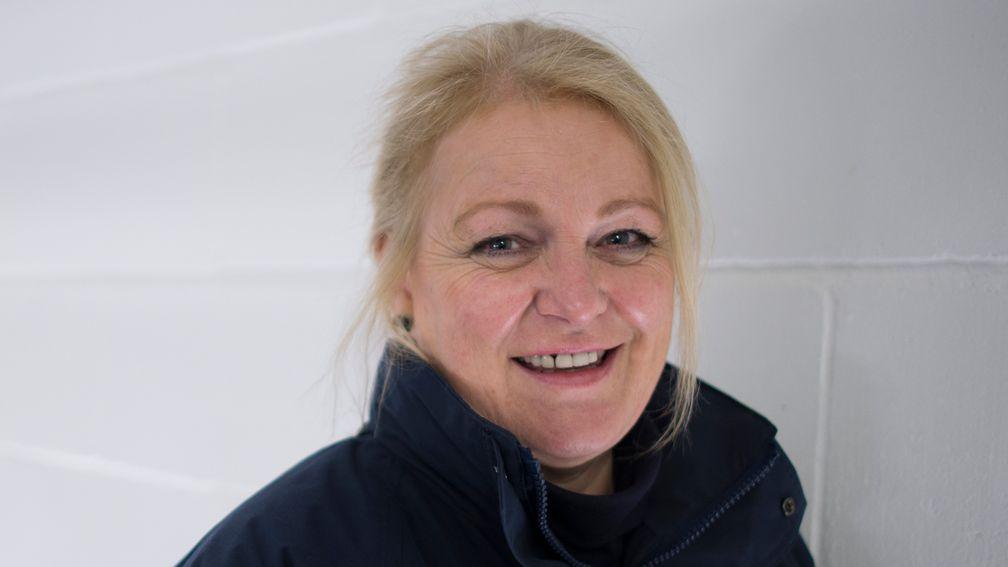
"You give the drug as a series of small doses throughout the day and the heart returns to normal. And that’s it. It’s not like in humans. They don’t have to keep taking it. This a complete cure. Once the rhythm is normal again everything is fine.”
Despite his exertions in the Gold Cup that March there is no real knowing what sparked the problem. Marr said: “It can happen at rest just as it can during a race. And with Denman it started on his summer holiday.”
Denman had regular veterinary checks at his yard but never returned to the hospital and had no further heart problems.
Returning to action at Kempton after an 11-month absence from the track, Denman was well beaten and although a credible second in the Gold Cup behind stablemate Kauto Star, whom he had defeated the year before, his form was still below his best.
But his victory off top weight in the 2009 Hennessy Gold Cup the following autumn – the second time he had done it - signalled a return to the Denman of old. His RPR of 183 was only 1lb below his best in the 2008 Gold Cup, and the second highest of his career.
“You never really know, but luckily he did come right,” said Nicholls about the now 18-year-old, who went on to finish second in two more Gold Cups. “We would never have run him again if we thought he wasn’t going to come right.
"I never felt he was quite the same after that Gold Cup, but he did win a Hennessy. He was tough and that helped.
“Denman had the best of everything – the best of care, which is perhaps something some people don’t realise. The healthcare he had was awesome.
"Even to this day, everything he requires, he gets. He’s very lucky to be owned by someone like Paul Barber. He’s well looked after by Paul’s daughter-in-law Emma and is in good shape enjoying the sunshine.”
Edwulf
Nearly four miles of the National Hunt Chase had been run and the answer to the only question that mattered lay between two horses, Tiger Roll in the lead and Edwulf closing. And then Edwulf stopped closing. And then he stopped.
Tiger Roll kept up the hill and Edwulf went to the floor. And now the only question that really mattered was whether he would get up again.
The importance of winning and losing shrivelled as a horse fought for his life on the afternoon turf. On one side of the screens lay Edwulf. On the other, Cheltenham was in dread.
“It’s one of those things that happens to athletes, like to marathon runners,” said Edwulf’s trainer, Joseph O’Brien. “He was trying so hard and ran out of oxygen and his body began to shut itself down.”
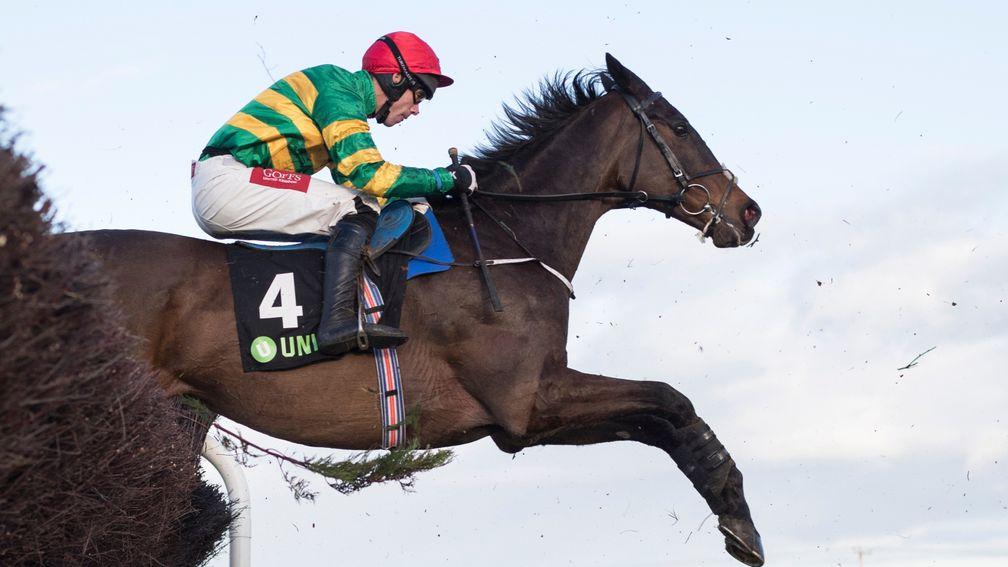
The treatment Edwulf needed on March 14, 2017 was extensive. An hour-and-half after he collapsed in the four-mile chase, the longest event at the Cheltenham Festival, the screens were still around him. Edwulf had suffered a fit as a result of oxygen starvation to the brain.
Liam Kearns, who led the veterinary team at Cheltenham, with the help of owner JP McManus's own vets Gerald Kelly and John Halley, said: “We were dealing with exertion, oxygen deprivation, heat stress, all the factors that could come in with any endurance athlete under pressure.
"He was down for probably a bit longer than 40 minutes and when he got up he was still quite uncoordinated. It was an exceptionally long time. Once you go on beyond that 40-minute stage it's a rare occurrence for a horse like that to get up."
A police escort took Edwulf to Three Counties Equine Hospital, near Tewkesbury. He recovered within a couple of days and returned to Ireland, to the relief of O’Brien.
“From the second the incident happened, for every moment afterwards, 100 per cent was put towards helping him,” the trainer recalled. “From the stewards at the nearest fence, to the vets on the track, to the veterinary hospital and then back to Ireland, the level of care was fantastic, top-class.
“Edwulf was treated with the upmost of everything and I couldn’t speak more highly of it. Horses get as high a class of treatment as any person and they probably get it quicker. I knew that when he headed for the hospital he was going to get tip-top attention. I knew he was in the best of hands.”
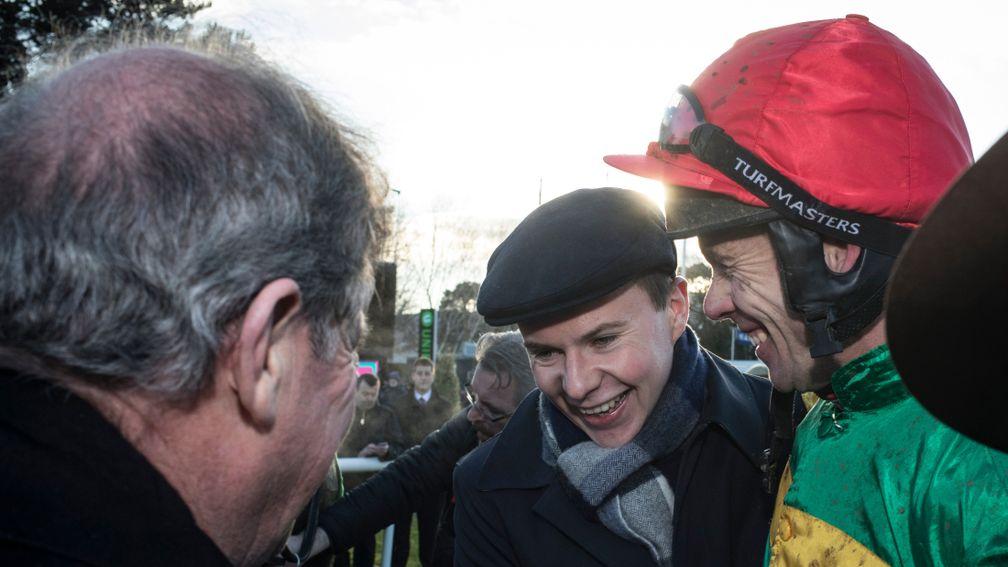
It was that level of care that provided the basis for the remarkable when, 11 months after his collapse, Edwulf won the Irish Gold Cup at Leopardstown.
“Whatever the vets said I took as gospel and the way he was dealt with gave me the confidence to believe,” said O’Brien. “The vets all said that there was no higher risk of what happened to him happening again than to any other horse on any other day. When I heard that I had the confidence to come back with him.
“We went slowly and took it day by day and he was going to tell us. But that was only possible because of the care he got at the track and after he left the track.
“We wanted to bring him along slowly and give him every opportunity to do something on the track. The horse was in very good form and very sound. Edwulf loves his racing and it wouldn’t have been fair to just throw him out in the field. It wouldn’t have made sense.
“To get him back to the racecourse was going to be a big achievement. But you couldn’t have expected him to come back and win an Irish Gold Cup.”
Edwulf, who turned nine this year, was back at Cheltenham for March’s Gold Cup, finishing a respectable eighth behind Native River.
More racing awaits. O’Brien said: “He’s having the summer off now. Hopefully he’ll be back next season.”
Quicker, smarter, better
A monitor and smartphone app that can instantly read a horse’s heart-rate is being distributed to all BHA veterinary officers.
It is the latest development in the ongoing drive to give horses the best possible care, particularly on racedays.
The product, called AliveCor, provides an electrocardiogram (ECG) test on the spot through a small handheld monitor and app.
Typically, it would be used on racedays in incidents similar to those involving Sprinter Sacre and Edwulf, and also to monitor horses returning to the track after episodes where they have suffered an irregular heartbeat or from heat stress.
They will be used in any number of circumstances, as when trotting up a horse, pre-race after a long lay-off, post-race if a horse has bled, if the stewards request a post-race examination, if a horse is tested post-race or even if a groom reports a horse has not pulled up correctly or is slow to recover from its race.
An adaptor is placed on the horse’s chest and the recorded ECG is available on the phone app screen. If there are signs of an irregular heartbeat, another reading is taken 15 minutes later to ensure it is a consistent condition.
If a persistent problem is recorded, the BHA’s veterinary officers would speak to the trainer for permission to send the information to Rossdales or Newmarket Equine Hospital for interpretation and advice as to whether further cardiac investigation, which is paid for by the BHA, is warranted.
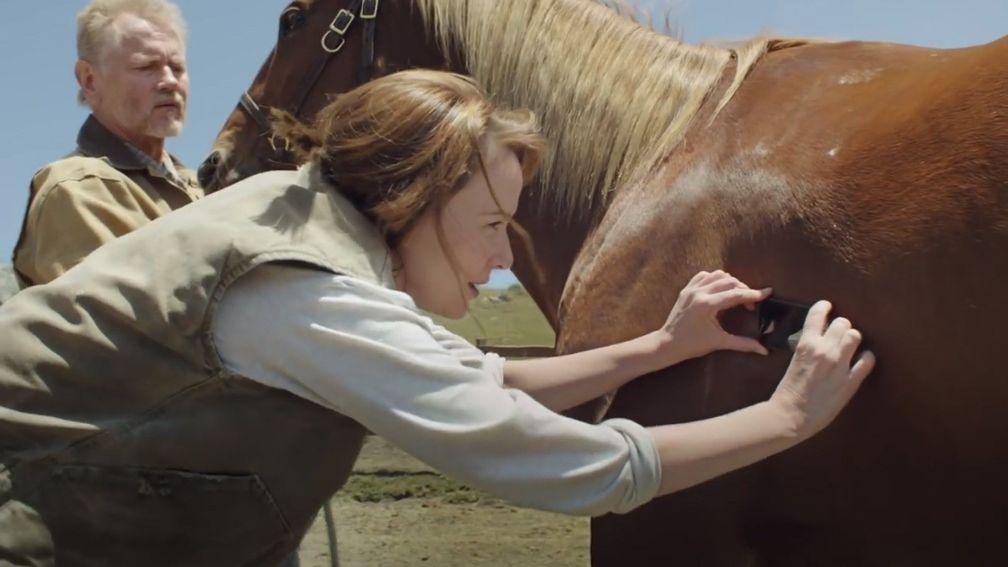
The new equipment has has been tested by students from Nottingham University, who recorded around 600 ECGs of horses that had just finished races at Nottingham, Huntingdon and Leicester.
Celia Marr said: “Of those 600 two cases of atrial fibrillation were found, which is in line with other studies done.
“In one in every 300 starts a horse will get atrial fibrillation, so it’s a relatively common thing. And it will generally self-correct. In a Japanese study some had self-corrected within five minutes. But it’s a potential explanation for an unusually poor performance and when a horse gets home no-one can find a reason, often prompting lots of chat on Twitter.”
The new technology will be particularly important at jumps meetings and especially around chases.
“One of the things about steeplechasers is the bigger the heart, the better the horse,” Marr explained. "But the bigger the heart of a horse, the more likely it is to develop atrial fibrillation.
“The scans for both Denman and Sprinter Sacre showed they had nice, big hearts. And the fact they have big hearts make them prone to develop this problem. So having a big heart is an advantage, but it brings some risks with it.
“Your average steeplechaser will weigh about 550 kilos and the heart as a whole is about one per cent of that, so 5.5 kilos. But these guys have hearts of around 6.5 kilos.”
Members can read the latest exclusive interviews, news analysis and comment available from 6pm daily on racingpost.com
Published on 30 May 2018inBritain
Last updated 12:30, 8 June 2018
- 2024 bet365 Gold Cup contenders: assessing the key runners for the big race on Saturday
- Heavyweight political allies of racing call on ministers to drop affordability checks and reform the levy
- Skellet taken out of 1,000 Guineas as big guns stand their ground for next month's Newmarket Classics
- 'It's been a great season' - Jamie Snowden eyeing one last push at breaking career-best tally of winners
- 'It was a phenomenal performance' - Toby Lawes dreaming of Aintree after Surrey Quest's narrow Scottish National defeat
- 2024 bet365 Gold Cup contenders: assessing the key runners for the big race on Saturday
- Heavyweight political allies of racing call on ministers to drop affordability checks and reform the levy
- Skellet taken out of 1,000 Guineas as big guns stand their ground for next month's Newmarket Classics
- 'It's been a great season' - Jamie Snowden eyeing one last push at breaking career-best tally of winners
- 'It was a phenomenal performance' - Toby Lawes dreaming of Aintree after Surrey Quest's narrow Scottish National defeat